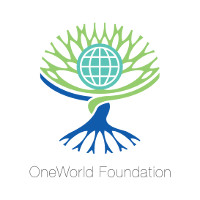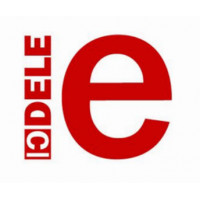Foreign Language Teachers’ Meeting

What do a Beatles song, the trailer for an Alfred Hitchcock film, and the reflections of Maine public radio listeners have in common?
They are all examples of “authentic listening materials” — audio (and often video as well) that was not created specifically for English language learners but that can be used effectively in the English language classroom.
In early January, more than 20 foreign language teachers at First City Gymnasia attended a presentation on these materials, which also include recorded interviews, speeches, film clips, short documentaries, radio and television ads, and TV programs. Sonia Scherr, a Peace Corps Response Volunteer at FCG, asked teachers what they see as the advantages of incorporating authentic listening materials into their lessons.
Teachers noted that these materials allow students to hear English as it is actually spoken, often in informal and unscripted situations, and to become familiar with the different accents of English speakers. In addition to improving their listening skills, students gain cultural knowledge from exposure to works that are important to a country’s heritage or history, such as songs popular during the U.S. Civil Rights Movement. Finally, well-chosen materials speak to students’ interests and concerns, and as students realize they can understand materials intended for native speakers, they become more confident and motivated learners.
Sonia devoted most of her presentation to sharing free online sources for high-quality authentic listening materials that are appropriate for classroom use. These include The Moth, which features individuals telling true stories from their lives; StoryCorps, which records conversations between ordinary Americans about experiences that connect them; and The Learning Network’s Film Club, a New York Times project that presents short documentary films on contemporary topics. If you have a favorite source for authentic listening materials, we invite you to share it with Sonia.








